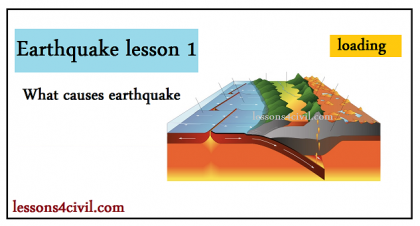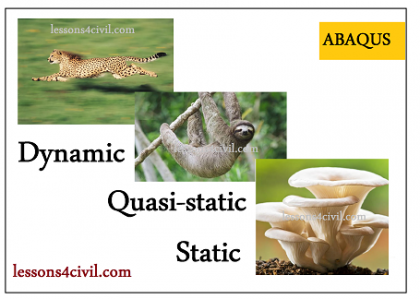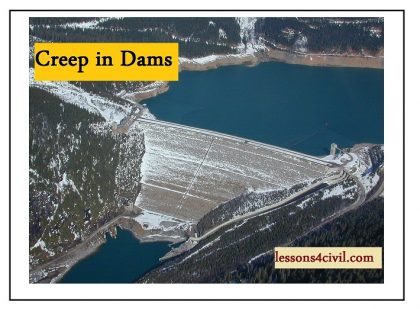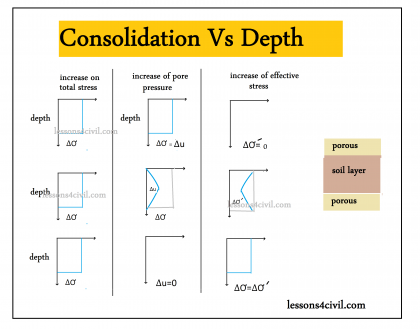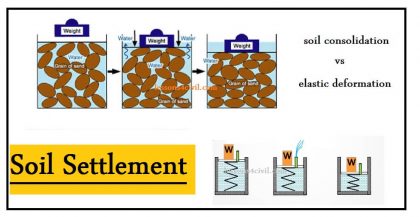Earthquake loading lesson 1
Earthquake loading lesson 1 Earthquake loading is usually a reminisce of striking ground movements for all of us. Its been always a frightening matter for occupants as well as structural engineers. Unfortunately there are many common mistakes in both construction and design of multi-story buildings that eventually lead to collapse. As a result I have […]


